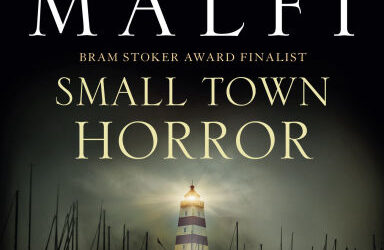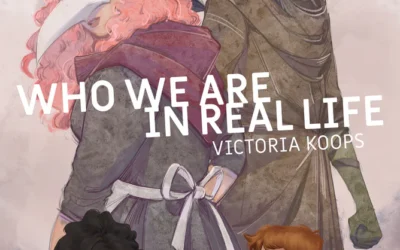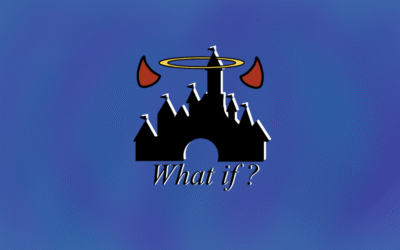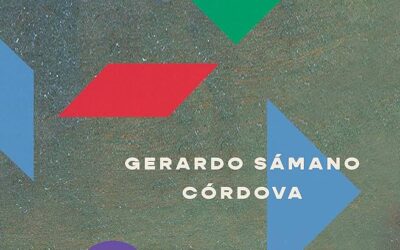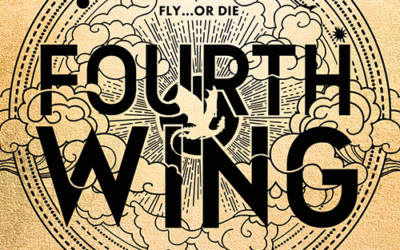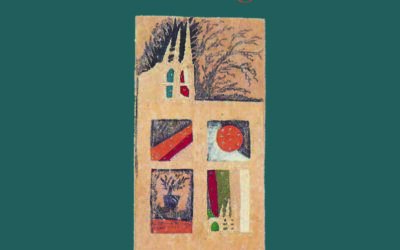The Politics of the Grishaverse: Analyzing the Political Undertones of Six of Crows
“Six people, but a thousand ways this insane plan could go wrong.” Young Adult, Fantasy, and Science Fiction novels are rising in both readership and authorship, myself included. As an ardent reader, when I have time outside of college, I love to enjoy the increasing...
Review: Small Town Horror by Ronald Malfi
Review: Small Town Horror by Ronald MalfiPage Count: 392Price: $17.99 (paperback), $27.99 (hardcover)ISBN: 9781803365657Publisher: Titan Books Ronald Malfi weaves a brilliant web of guilt, falsehoods, buried (or drowned) truths and, of course, ghosts and witchcraft in...
Review: Who We Are in Real Life by Victoria Koops
2024, Groundwood Books, House of Anansi Press288 pp., paperback $14, eBook $12ISBN: 9781773068893TW: homophobia and domestic abuse “Life isn’t an RPG, you giant dork.” “I know.” He pulls another volume off the shelf and reads the back cover, then pauses. “But can you...
Review: Tannery Bay by Steven Dunn and Katie Jean Shinkle
Tannery Bay by Steven Dunn and Katie Jean ShinkleThe University of Alabama Press, 2024199 pages, $18.47ISBN-13: 978-1-57366-205-5 Tannery Bay by Steven Dunn and Katie Jean Shinkle was an odd read (which I mean in a complimentary sense). Though it is not a debut novel...
The “What If?” in Storytelling: Villains, Retellings and Writing Prompts
It’s fascinating to think if you change a moment or two in a story it can change the projection of said story. What if Simba from the Lion King never returned to his birth place? What if Voldemort did successfully kill off Harry? What if Cruella Deville actually did...
What’s in a Name: A Word on Pen Names
Whenever I imagine my dream job as an author, I picture myself writing under a different name—a pen name. It’s been this way since I was twelve years old, scribbling furiously in the pages of my notebook. Over the years, my reasons why and the names I’ve invented have...
Review: Monstrilio by Gerardo Sámano Córdova
MonstrilioGerardo Sámano CórdovaZando ProjectsMarch 2023ISBN 978–1–63893–160–7 Grief eats you up from the inside, as is shown in Gerardo Sámano Córdova’s debut novel Monstrilio, published under Zando Projects. Córdova’s novel is an exploration of grief, identity,...
Review: Fourth Wing by Rebecca Yarros
ISBN: 9781649374042by Rebecca YarrosEntangled Publishing, 2023, 512 pp., $14.99, paper “A dragon without its rider is a tragedy. A rider without their dragon is dead.” ― Rebecca Yarros, Fourth Wing In a world of betrayal, secrets, heartache, misfits, and cutthroat...
Review: What Kingdom by Fine Gråbøl
Psychiatric facilities are not welcoming places. Despite their goal of rehabilitation and healing, they are often dull, concrete-laden and washed in fluorescent light. Except, however, when it comes to Danish author Fine Gråbøl’s vulnerable portrayal in her debut...
Imagination’s Ballot Box: Literary Figures Casting Their Votes
Literature has become my spectator sport since crossing the threshold into the literary world; it made me discover more about people I knew in every book, poem, or short story I encountered. In 2017, while reading a short story on a major publishing house's website,...
A Spooky Read for a Spooky Month
“White is for witching, a colour to be worn so that all other colours can enter you, so that you may use them. At a pinch, cream will do.” ― Helen Oyeyemi, White Is for Witching What better way to celebrate the spookiest month of the year than to read a spooky novel?...
How to Homebrew: Worldbuilding, Writing, and Utilizing the Strengths of the Tabletop Form
I’ve been playing Tabletop Role-Playing Games (TTRPGs) for years. I’ve been running a game for close to four. Since then, I feel like I’ve learned a lot—about being a GM (game master), about writing and worldbuilding, about my players, and (unfortunately) about...


